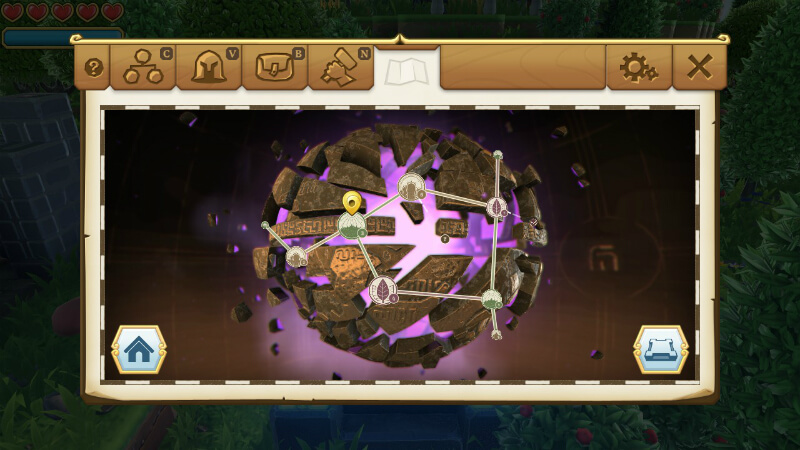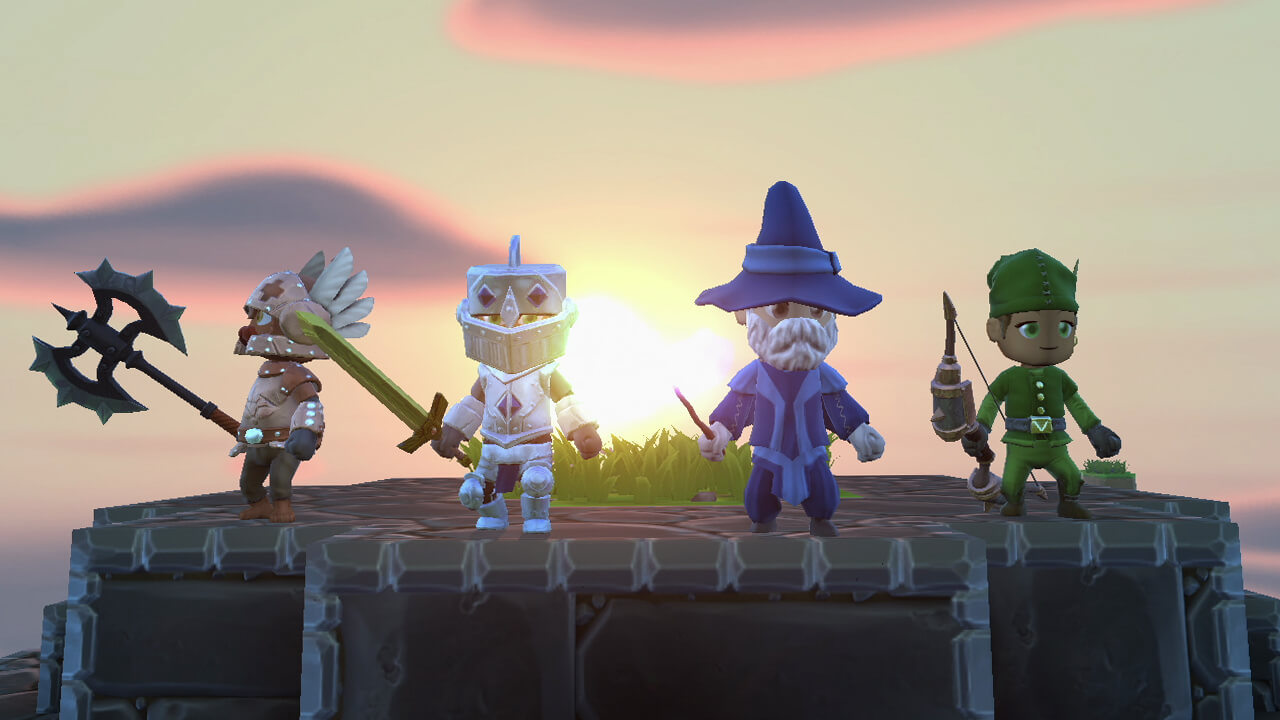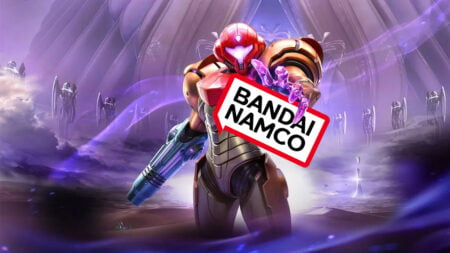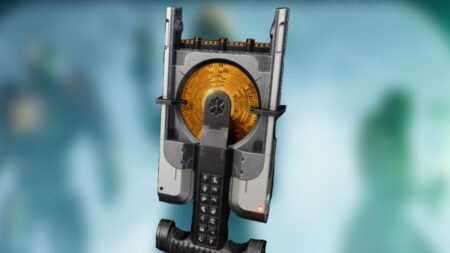[Updated on August 2, 2024, to improve readability and revise formatting.]
Ever since Minecraft was released back in 2009, the sandbox genre has been a growing sensation. Of course, games like Terraria and Fortnite have pushed the boundaries of the genre, but when people talk about sandbox games, they tend to forget about Portal Knights. It’s an experience that uses the world-building aspect seen in Minecraft and adds onto it with a singleplayer campaign worth the 30-plus hours it takes to beat.
Portal Knights offers about 50 levels to teleport to and from, all with enemies of a different level. For example, the first world you’re teleported to is one with level 1 enemies. You’ll find that enemies’ levels will increase as you move from one world to another. This type of level development for your enemies makes it imperative that you try to keep up. If you teleport to a world with level 16 enemies and you’re only at level 10, then you’ll know that you may have overstepped a little bit. In this case, though, overstepping feels like a walk in the park.

The problem with how enemies in Portal Knights develop is that there are no real consequences to you overstepping the limits of your character’s abilities. When I was playing, I knew full well that I was fighting enemies with much higher levels. But I didn’t care because I knew that I could defeat any of these higher-level monsters. Sure, it took longer, but there was no real challenge. Every enemy has their own set of moves, but even then, these are easy to decipher and master counterattacks.
So, although I liked the way that enemies were made more difficult to speak in regards to stats as each level progressed, I thought that they could’ve been made into more of a challenge. I was the Mage class. So when I constructed my first Iron Greatstaff of Ice, a powerful item during the mid to late game, I was able to push back melee attacking enemies to the point that I didn’t even have to move. I could sit still and attack without consequence.
It wasn’t until the last boss fight that I realized that being at a higher level mattered. Instead of feeding you modestly powerful enemies the whole game, I wish Portal Knights had given you a challenge that would have prepared you, statistically, for the final boss. I’m not saying he’s impossible or extremely difficult (like almost every enemy in the game, he only has two moves), but you need to be of a certain level if you want to be successful. I would’ve liked it more if there were more challenging enemies, like the final boss along the way, so that the game maintained a balance of difficulty throughout its entirety.

Speaking of balance, the developers were able to fuse the adventurous, dungeon-crawling story into the sandbox genre in an excellent fashion. Portal Knights never went out of its way to force players to build structures or do anything that they didn’t want to. If you wanted to build a house, you could. The story would be waiting for you when you were done. And if you wanted to focus solely on speedrunning the game, then the only thing you’d be required to build would be a variety of staircases and platforms so that you could get from one area of the map to another — the bare necessities.
Portal Knights is an exciting title that fits nicely with the Nintendo Switch. I didn’t get a chance to play with anyone online, as there were never any games available to join, so I was left wondering how that would’ve been. Yet, the singleplayer campaign was well worth the money, and I recommend this title for anyone who’s a fan of Minecraft, Diablo III, or Terraria. I just wish it were a more difficult adventure; enemies with more attack moves and counterattacks would’ve made all the difference.
To conclude, Portal Knights is a worthy sandbox title that competes with similar games in the genre, such as Minecraft and Terraria. There’s a wonderful balance of story, RPG elements, and sandbox elements that’ll keep players immersed in the world until and after the main story’s end. The biggest issue, though, is the level of difficulty the game presents as it moves into higher-level enemies. For example, I could be a level 10 and defeat a level 20 enemy without dying. Sure, this fight would take a little longer than normal, but the fact that it’s so easy makes the balance between difficulty and a player’s level feel like an undistinguished line.







